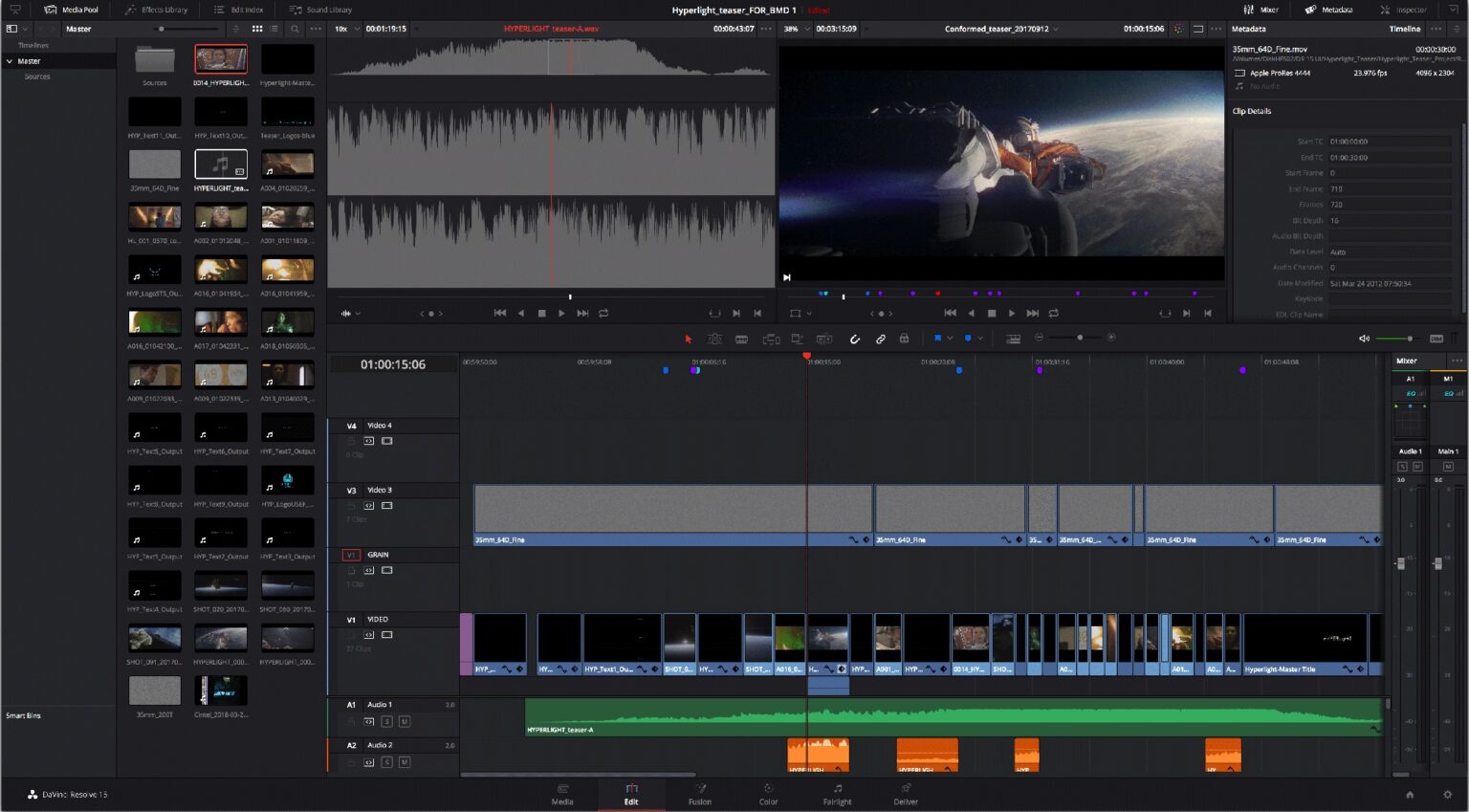
Additionally, the Green output channel is split between Red and Blue 50% Red, 0% Green, and 50% Blue. The Red and Blue output channels are swapped, same as IR RB Swap.
 IR RB Swap G Split.cube - Green split to Red and Blue. Additionally, the Green channel is set Red 0% Green and 100% Red. IR RB Swap G to R.cube - Green to Red. The Blue output channel is set to 0% Blue and 100% Red. The Red output channel is set to 0% Red and 100% Blue. A straight swap between Red and Blue output channels in the Channel Mixer. Actual colors produced will vary depending on your camera sensor, infrared filter, and lighting conditions. Here are the technical details on the six Infrared Color Swap LUTs. RawTherapee - Swapping colors in RawTherapee. DxO PhotoLab - Swapping colors in DxO PhotoLab. Capture One - Swapping colors in Capture One. Adobe Lightroom - Create Enhanced Profiles using LUTs instead. The following raw photo editors do not support. ON1 Photo Raw - How to Install LUTs in ON1 Photo RAW. Pixelmator Pro - Use Custom LUT adjustment. Affinity Photo - Add a layer with “Layer > New Adjustment Layer > 3D LUT Adjustment”. Use Photoshop Actions for more flexibility. Adobe Photoshop - Use Color Lookup adjustment layer. ACDSee - Use Color LUTs in the Color group. Warning: LUTs cannot be used directly with images in Lightroom. LUTs can be used in some raw photo editors, see the list below. However, if you are using Photoshop, Photoshop Actions will produce the same results and give you move control over individual adjustment layers. LUTs can be used in Photoshop via the Color Lookup adjustment layer. This allows you to swap colors for infrared images directly in Lightroom, without a trip to Photoshop.
IR RB Swap G Split.cube - Green split to Red and Blue. Additionally, the Green channel is set Red 0% Green and 100% Red. IR RB Swap G to R.cube - Green to Red. The Blue output channel is set to 0% Blue and 100% Red. The Red output channel is set to 0% Red and 100% Blue. A straight swap between Red and Blue output channels in the Channel Mixer. Actual colors produced will vary depending on your camera sensor, infrared filter, and lighting conditions. Here are the technical details on the six Infrared Color Swap LUTs. RawTherapee - Swapping colors in RawTherapee. DxO PhotoLab - Swapping colors in DxO PhotoLab. Capture One - Swapping colors in Capture One. Adobe Lightroom - Create Enhanced Profiles using LUTs instead. The following raw photo editors do not support. ON1 Photo Raw - How to Install LUTs in ON1 Photo RAW. Pixelmator Pro - Use Custom LUT adjustment. Affinity Photo - Add a layer with “Layer > New Adjustment Layer > 3D LUT Adjustment”. Use Photoshop Actions for more flexibility. Adobe Photoshop - Use Color Lookup adjustment layer. ACDSee - Use Color LUTs in the Color group. Warning: LUTs cannot be used directly with images in Lightroom. LUTs can be used in some raw photo editors, see the list below. However, if you are using Photoshop, Photoshop Actions will produce the same results and give you move control over individual adjustment layers. LUTs can be used in Photoshop via the Color Lookup adjustment layer. This allows you to swap colors for infrared images directly in Lightroom, without a trip to Photoshop. 
LUTs can be used to create Enhanced Profiles for use in Lightroom.LUTs can be used in video editors, such as DaVinci Resolve or Adobe Premiere Pro to color grade infrared video.Download Color Infrared LUTs Where can I use LUTs?






 0 kommentar(er)
0 kommentar(er)
